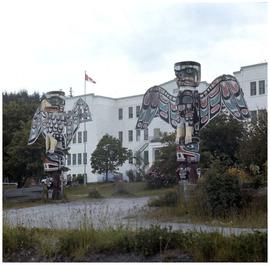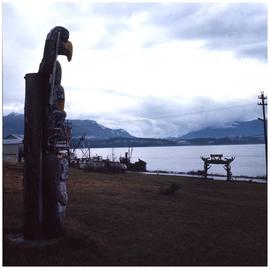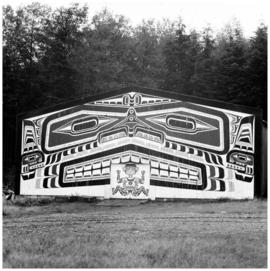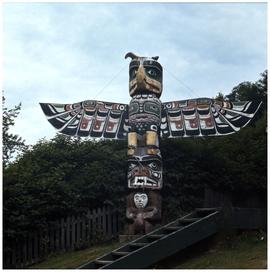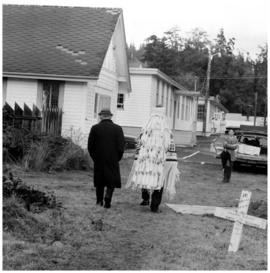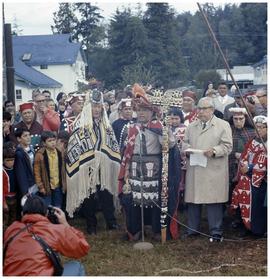Book 8, tape 1: Learning Kwak'wala
- 1 3-3-03-3-03-K-6 (MAN183f)
- Item
- 1980-1981
Parte de Vickie Jensen and Jay Powell fonds
Item consists of part 1 a recording of Learning Kwak'wala: Book 8 Here & There and it features Agnes Cranmer, Margaret Cook, and Jay Powell engaging in vocabulary and grammar exercises in the workbook, Jay Powell asks the questions in English and Agnes Cranmer and Margaret Cook give the response in Kwak’wala; Side A: pages 4-13, and covers singular and plural endings, where someone is going, and where someone went; Side B: pages 14-24, continues how to express where some one is and what they are doing, and covers when someone is going somewhere, and how to tell the time. Recorded on both sides.


